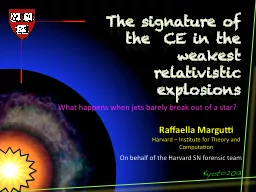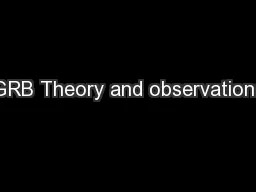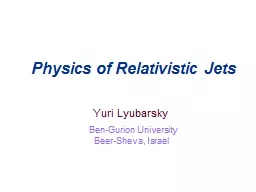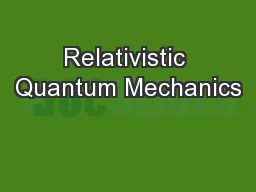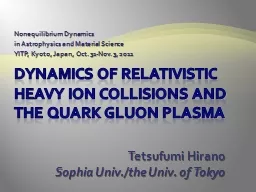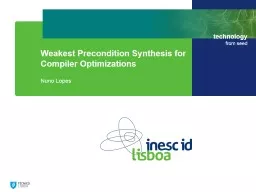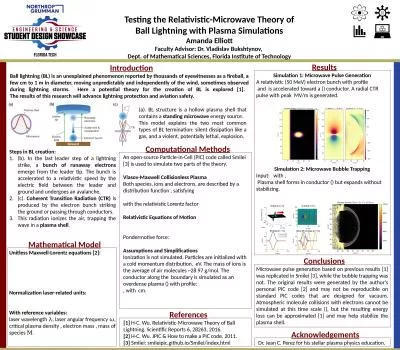PPT-The signature of the CE in the weakest relativistic explo
Author : calandra-battersby | Published Date : 2016-05-08
Raffaella Margutti Harvard Institute for Theory and Computation On behalf of the Harvard SN forensic team Kyoto2013 What happens when jets barely break out of
Presentation Embed Code
Download Presentation
Download Presentation The PPT/PDF document "The signature of the CE in the weakest ..." is the property of its rightful owner. Permission is granted to download and print the materials on this website for personal, non-commercial use only, and to display it on your personal computer provided you do not modify the materials and that you retain all copyright notices contained in the materials. By downloading content from our website, you accept the terms of this agreement.
The signature of the CE in the weakest relativistic explo: Transcript
Download Rules Of Document
"The signature of the CE in the weakest relativistic explo"The content belongs to its owner. You may download and print it for personal use, without modification, and keep all copyright notices. By downloading, you agree to these terms.
Related Documents

